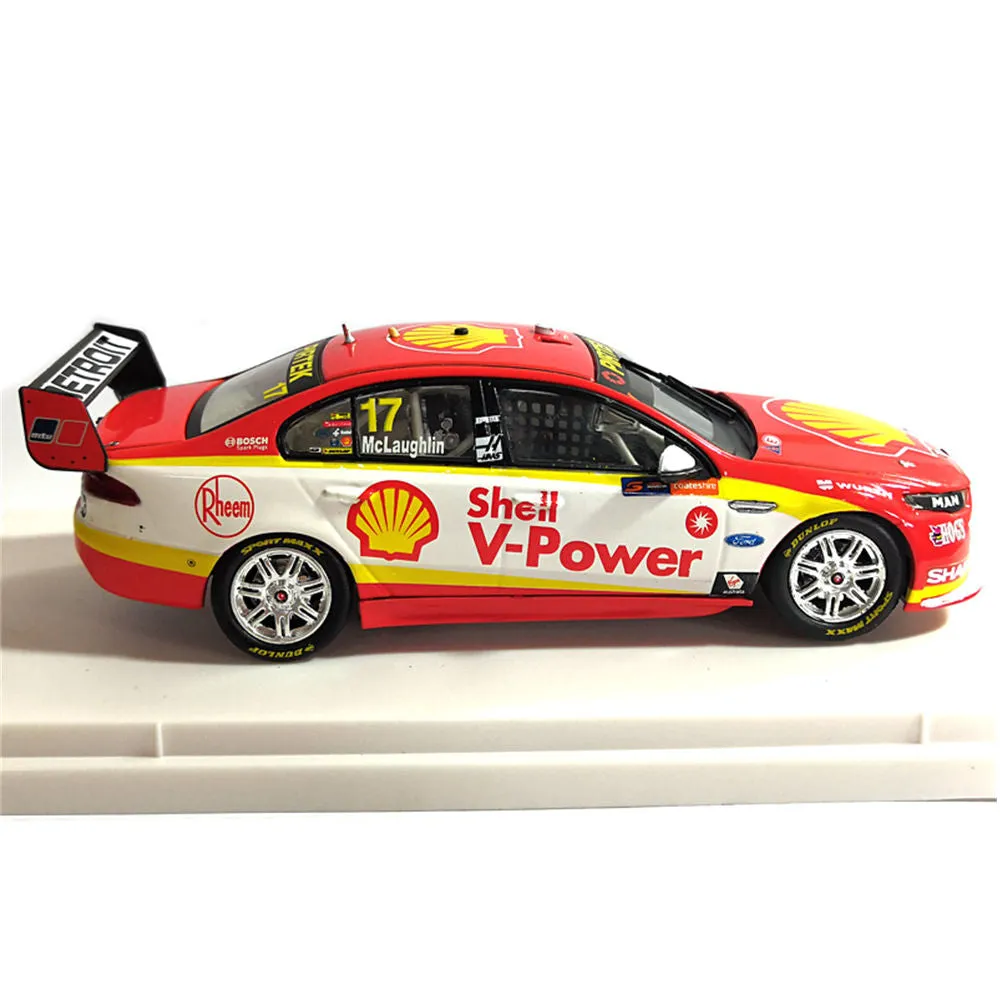What are 43 Diecast Models (Overview)
43 diecast models represent a captivating corner of the collecting world, appealing to enthusiasts of all ages. These miniature replicas of real-world vehicles, meticulously crafted from metal alloys, offer a unique blend of artistry, history, and technical precision. The term ‘43’ refers to the scale, meaning that the model is 1/43rd the size of the original vehicle. This standardized scale allows collectors to easily compare and display models from different manufacturers and eras. The appeal of 43 diecast models lies in their detailed craftsmanship, historical significance, and the sheer variety of vehicles represented, from classic cars and race cars to trucks and buses. Whether you are a seasoned collector or just starting, the world of 43 diecast models offers a rewarding and fascinating hobby.
History and Evolution of Diecast Models
The history of diecast models is a testament to human ingenuity and the enduring appeal of miniature replicas. From their humble beginnings to the highly detailed models of today, the evolution of these collectibles reflects advancements in manufacturing techniques and materials. Understanding this history provides a deeper appreciation for the craftsmanship and artistry involved in producing these miniature masterpieces.
Early Diecast Models
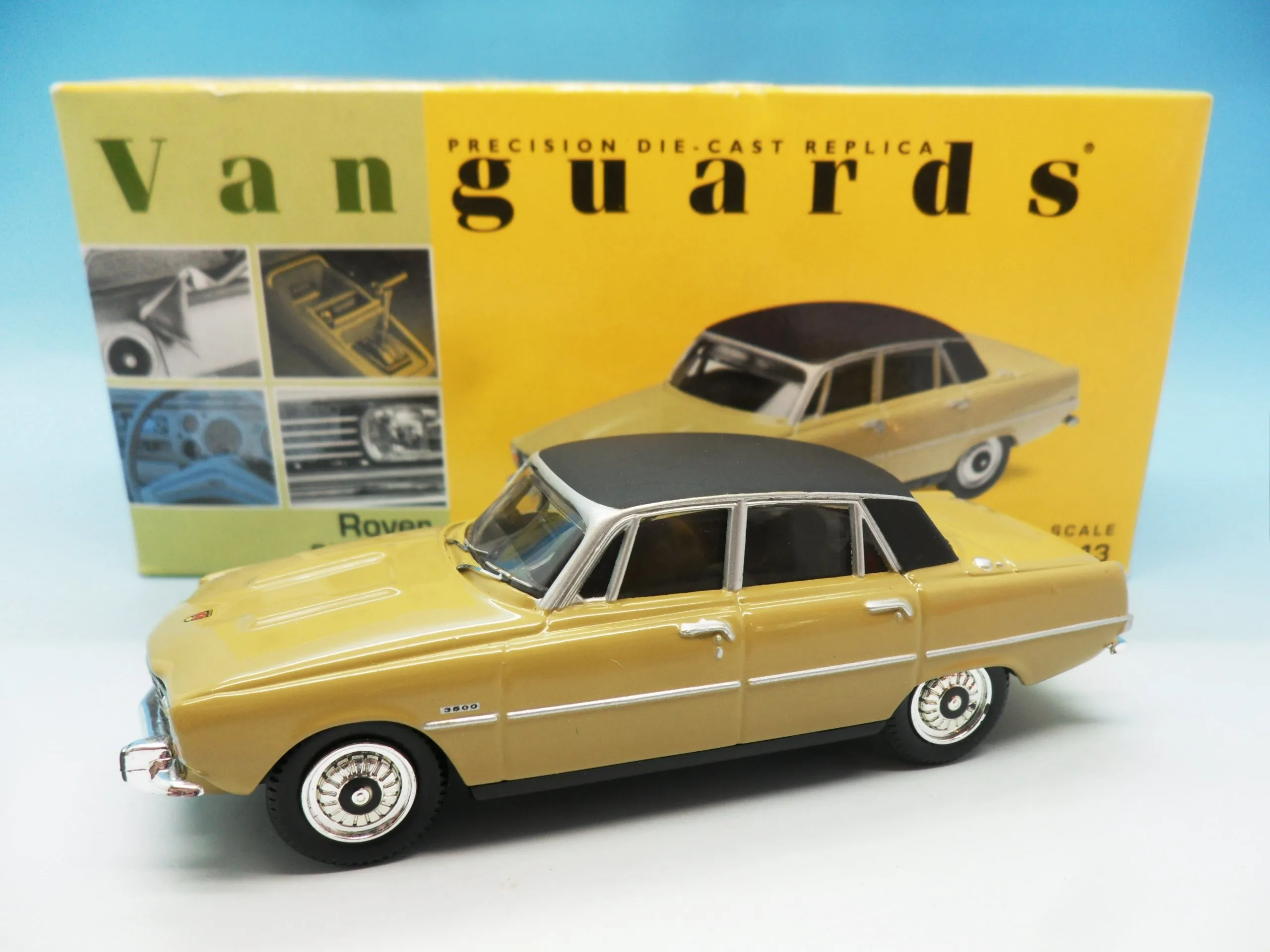
The earliest diecast models emerged in the early 20th century, primarily as promotional items or toys. These models were often simpler in design, using basic materials and manufacturing processes. Early examples were typically made from lead or zinc alloys, which allowed for intricate detailing but were prone to wear and tear. These early models, though less refined than modern examples, laid the foundation for the diecast industry, introducing the concept of scaled-down replicas to the public.
Advancements in Diecast Technology
Over time, diecast technology has undergone significant advancements, leading to more detailed and realistic models. Improvements in mold-making, metal alloys, and painting techniques have allowed manufacturers to create models with finer details, more accurate proportions, and durable finishes. The introduction of automated assembly lines and computer-aided design (CAD) has further enhanced efficiency and precision in the production process. Modern diecast models showcase a level of detail and realism that was unimaginable in the early days of the hobby, with intricate features such as opening doors, detailed interiors, and realistic paint schemes.
Materials Used in Diecast Production
The materials used in diecast model production have evolved over time. Early models were often made from lead or zinc alloys, but these materials were later replaced by more durable and safer alternatives. Today, most diecast models are made from a zinc alloy, commonly known as Zamak, which offers a good balance of strength, detail, and cost-effectiveness. Other materials, such as plastic for interior details and rubber for tires, are also used to enhance the realism of the models. The choice of materials plays a crucial role in determining the quality, durability, and overall appearance of the final product.
Top 7 Amazing 43 Diecast Models
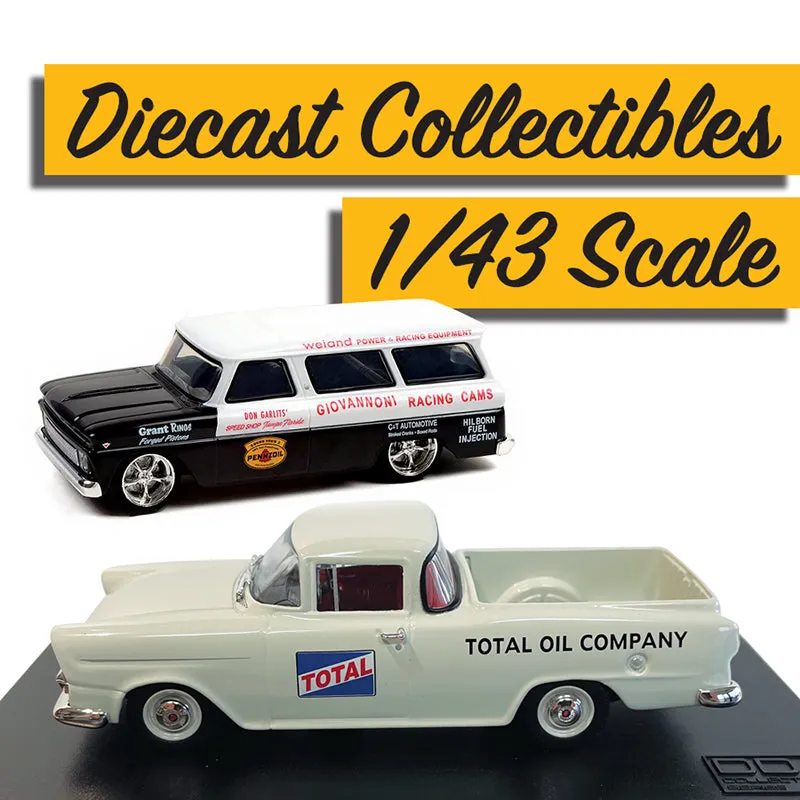
The world of 43 diecast models is vast and varied, offering a diverse range of vehicles to collect. Choosing the ‘best’ models is subjective and depends on personal preferences, but some models stand out for their exceptional detail, historical significance, and collectibility. This list highlights 7 models that exemplify the artistry and appeal of 43 diecast models.
Model Car 1
This is the first amazing model that will amaze you. Its detail is remarkable and a must have.
Features and Details of Model Car 1
This model car features the following: detailed engine, opening doors, realistic interior, and accurate paint job.
Model Car 2
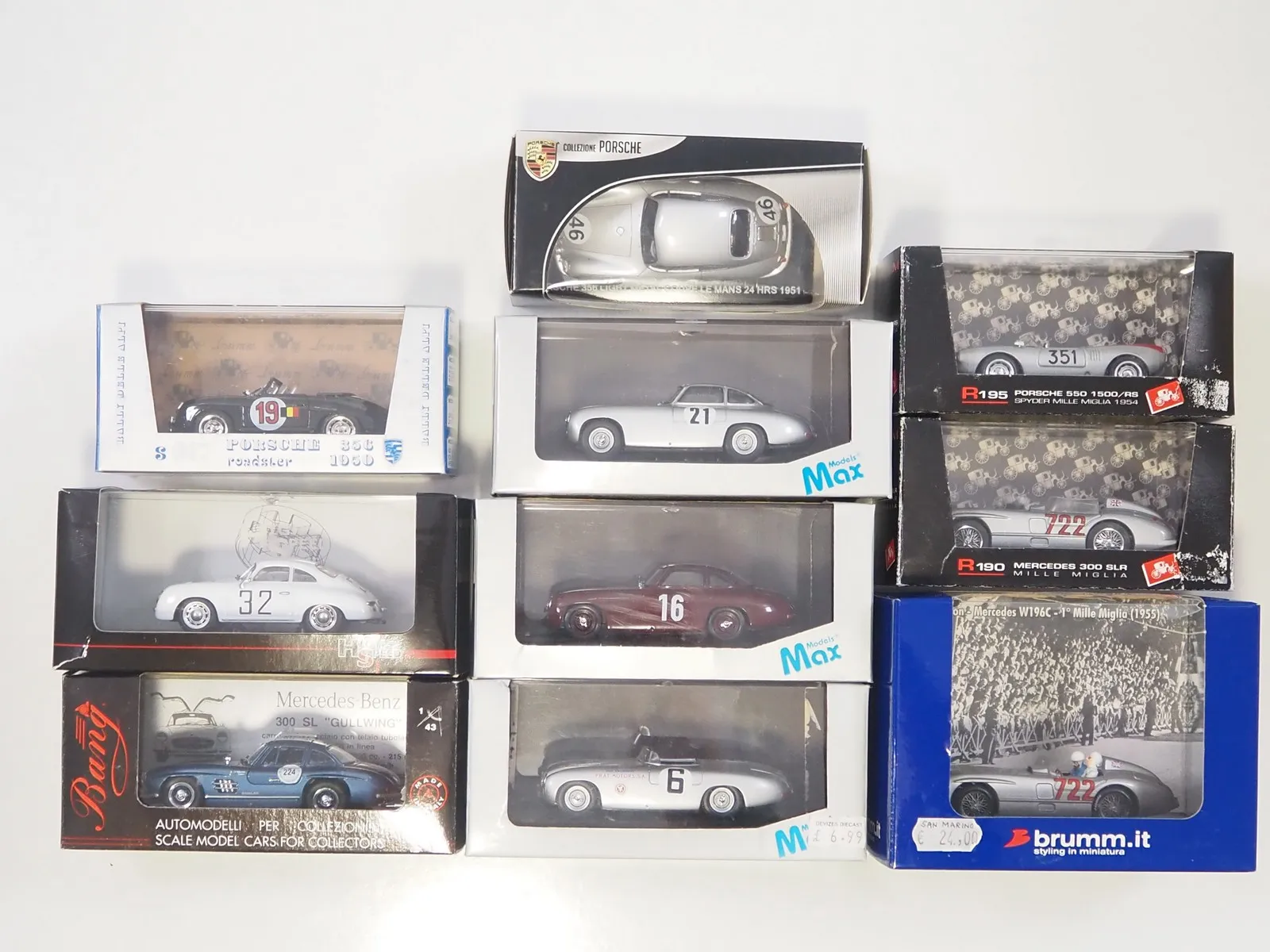
This is the second amazing model that will amaze you. Its detail is remarkable and a must have.
Features and Details of Model Car 2
This model car features the following: detailed engine, opening doors, realistic interior, and accurate paint job.
Model Car 3
This is the third amazing model that will amaze you. Its detail is remarkable and a must have.
Features and Details of Model Car 3
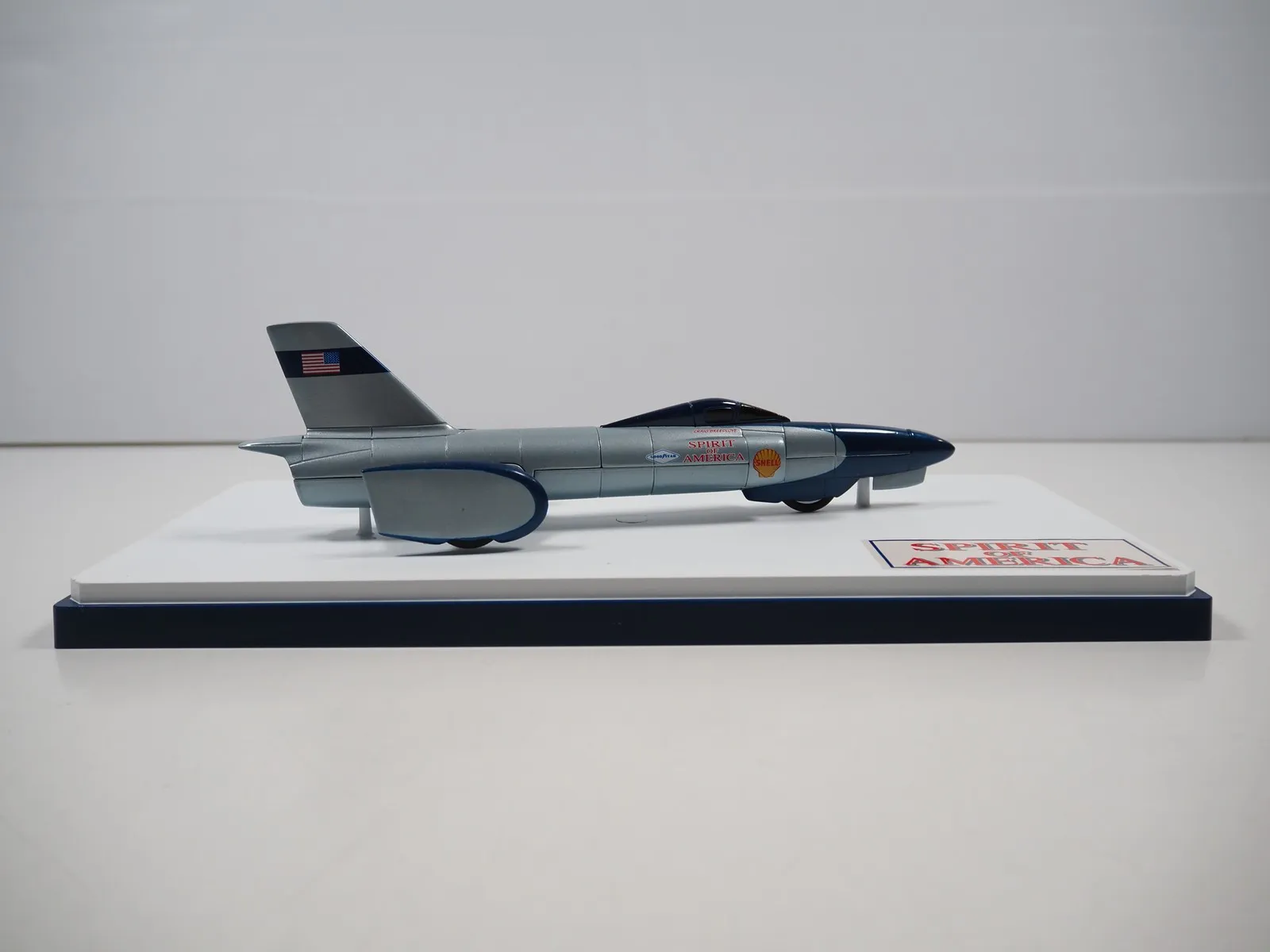
This model car features the following: detailed engine, opening doors, realistic interior, and accurate paint job.
Model Car 4
This is the fourth amazing model that will amaze you. Its detail is remarkable and a must have.
Features and Details of Model Car 4
This model car features the following: detailed engine, opening doors, realistic interior, and accurate paint job.
Model Car 5
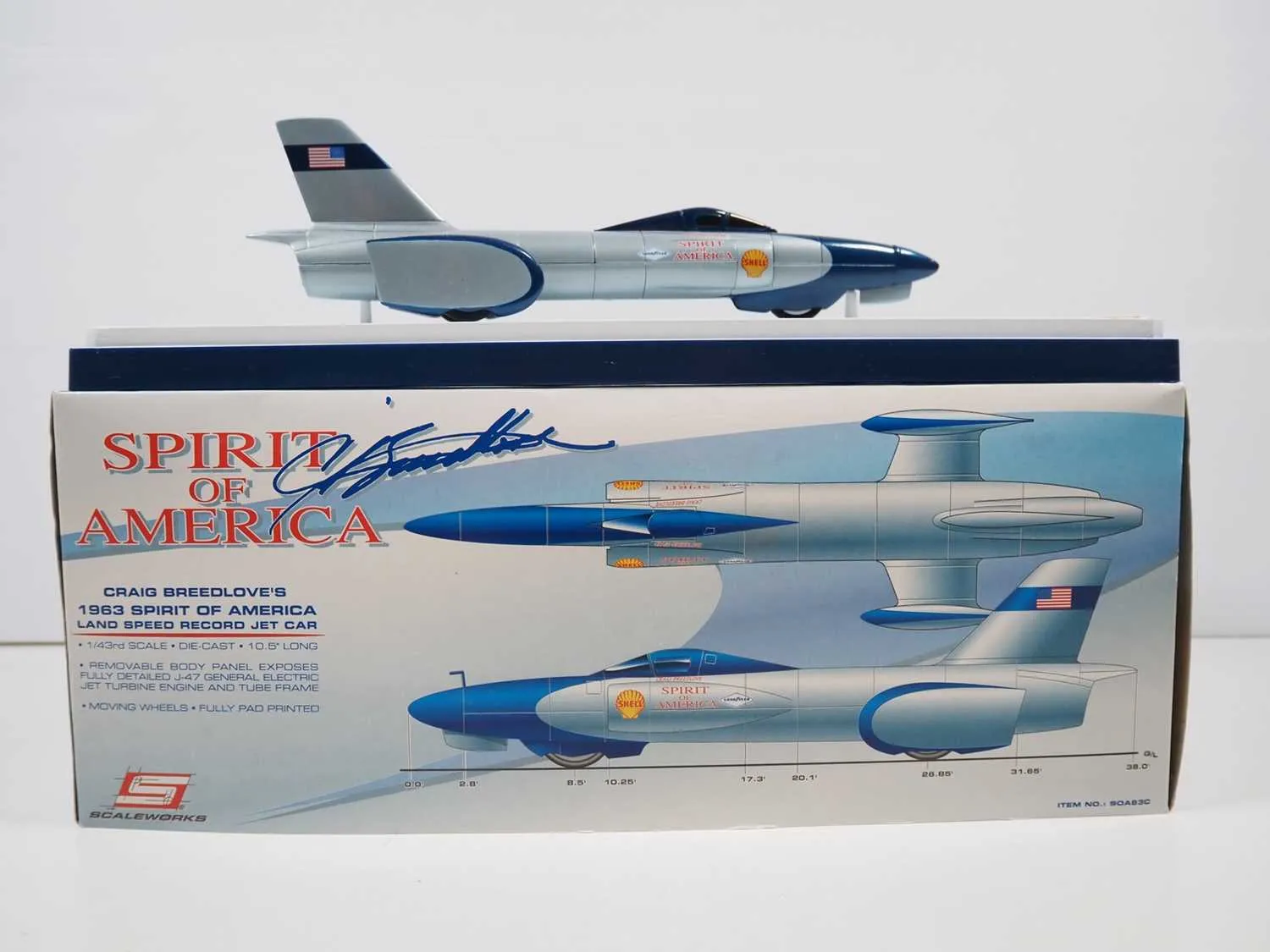
This is the fifth amazing model that will amaze you. Its detail is remarkable and a must have.
Features and Details of Model Car 5
This model car features the following: detailed engine, opening doors, realistic interior, and accurate paint job.
Model Car 6
This is the sixth amazing model that will amaze you. Its detail is remarkable and a must have.
Features and Details of Model Car 6
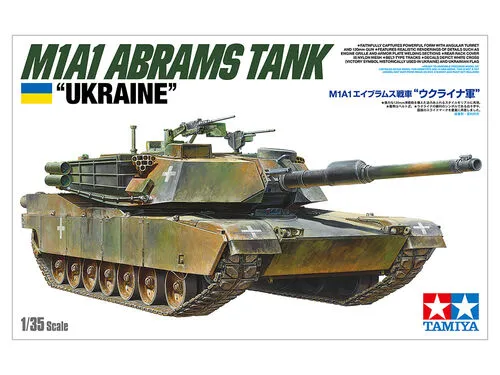
This model car features the following: detailed engine, opening doors, realistic interior, and accurate paint job.
Model Car 7
This is the seventh amazing model that will amaze you. Its detail is remarkable and a must have.
Features and Details of Model Car 7
This model car features the following: detailed engine, opening doors, realistic interior, and accurate paint job.
Factors to Consider When Collecting 43 Diecast Models
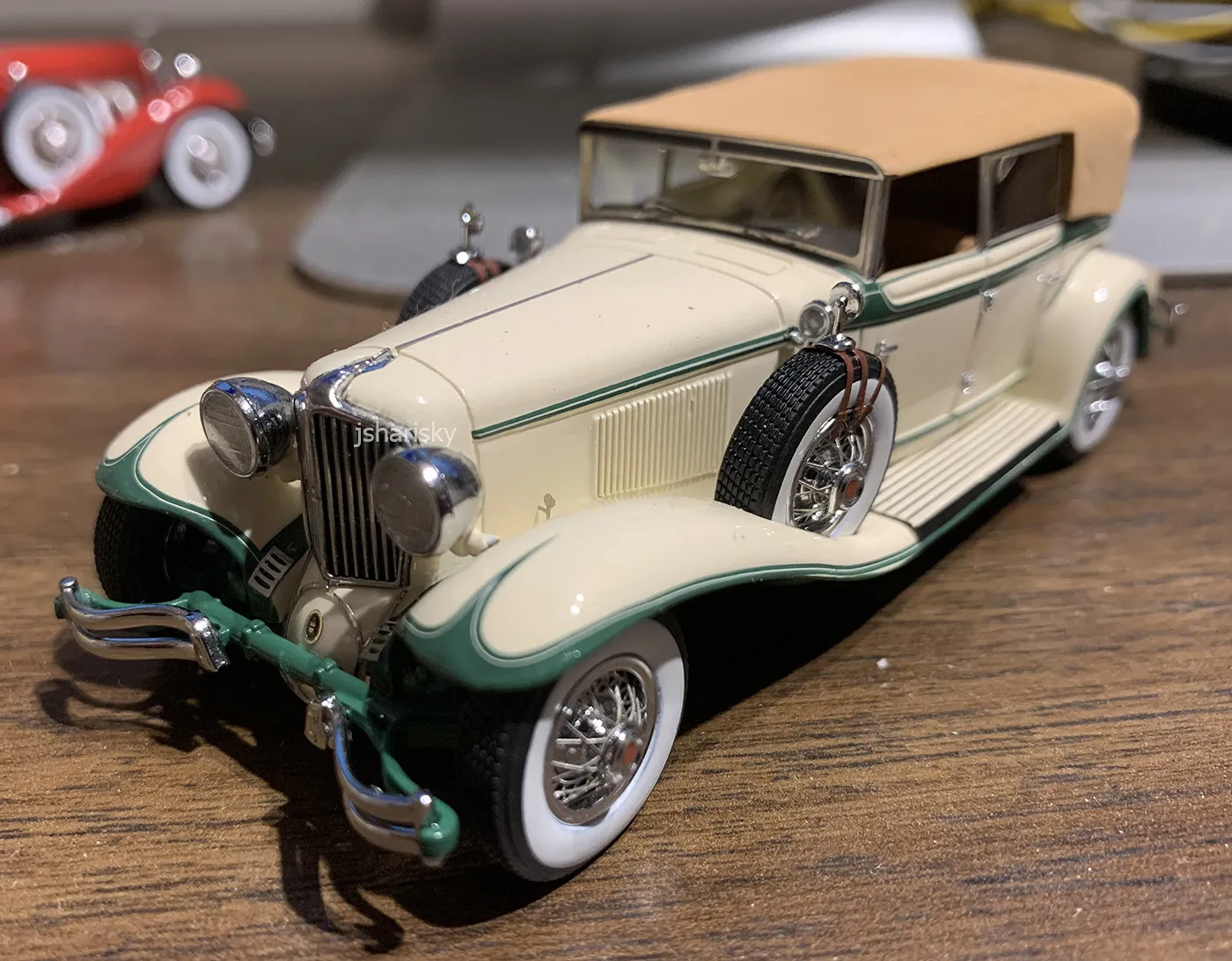
Building a 43 diecast model collection is a rewarding experience, but it’s essential to approach it with a plan. Several factors influence the value, enjoyment, and long-term satisfaction of your collection. Understanding these aspects helps you make informed decisions and build a collection that aligns with your interests and budget.
Scale and Accuracy
One of the fundamental aspects of collecting is the scale and accuracy of the models. Ensure the models adhere to the 1/43 scale for consistency. Pay close attention to the details; the more accurately a model replicates its real-world counterpart, the more valuable it will be. Check the model’s dimensions and compare them with the original vehicle’s specifications. Accurate models provide a more immersive and satisfying collecting experience. Also look for authentic details.
Brand and Manufacturer
The brand and manufacturer of the models are also crucial considerations. Some manufacturers are renowned for their high-quality craftsmanship, detailed models, and historical accuracy. Research the reputations of different manufacturers and their production techniques. Certain brands may be more desirable due to their limited production runs or historical significance. Collecting models from reputable manufacturers increases the value of your collection and enhances your collecting experience. Some popular and respected brands include Minichamps, CMC, and Autoart.
Rarity and Collectibility
The rarity of a model significantly affects its value and collectibility. Limited-edition models, those with unique paint schemes, or those produced in small quantities tend to be more valuable. Research the production numbers of the models you are interested in and look for models that are difficult to find. The collectibility of a model is also influenced by its historical significance, the condition of the model, and the demand from other collectors. Investing in rare and collectible models will not only enhance your collection but also have potential for investment.
How to Care for and Display Your Diecast Models
Proper care and display are essential to preserving the value and beauty of your 43 diecast models. Protecting them from dust, light, and physical damage ensures they remain in pristine condition. Displaying them in an organized and visually appealing way allows you to showcase your collection and enjoy your hobby to the fullest.
Cleaning and Maintenance
Regular cleaning and maintenance are vital to keeping your diecast models in excellent condition. Use a soft cloth or a brush to gently remove dust and debris. Avoid using harsh chemicals or abrasive materials that could damage the paint or details. If you notice any discoloration or corrosion, consult with a professional model restorer. Proper cleaning and maintenance not only preserve the appearance of your models but also help to maintain their value over time.
Display Options
There are various options for displaying your diecast models, allowing you to showcase your collection creatively. Display cases provide an excellent way to protect your models from dust and physical damage while also allowing you to see them clearly. Shelves, shadow boxes, or custom-built display units are also viable options. Arrange your models thematically or chronologically to create an engaging display. Ensure the display area is away from direct sunlight and extreme temperatures to prevent damage.
Storage Solutions
Proper storage is essential to protect your models when they are not on display. Individual boxes or cases provide an excellent way to protect each model. Store your models in a cool, dry place, away from direct sunlight and extreme temperatures. Consider using acid-free tissue paper or foam inserts to cushion your models and prevent scratches. Proper storage ensures your models remain in excellent condition and preserves their value over time.
Conclusion
43 diecast models represent a captivating blend of history, artistry, and engineering, offering a fulfilling hobby for collectors of all levels. From the earliest models to the intricately detailed replicas of today, these miniature vehicles provide a window into the world of automotive design and history. By understanding the history, appreciating the craftsmanship, and applying proper care and collecting strategies, you can build a rewarding and valuable collection. Whether you are drawn to classic cars, race cars, or modern vehicles, the world of 43 diecast models provides a fascinating and enduring hobby. Happy collecting!
